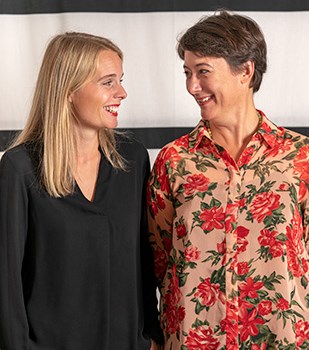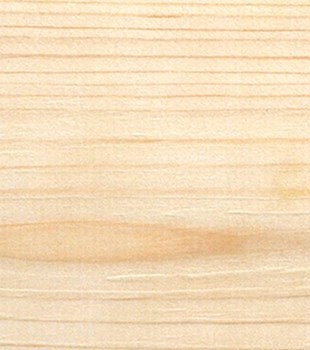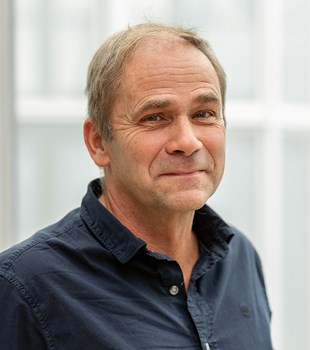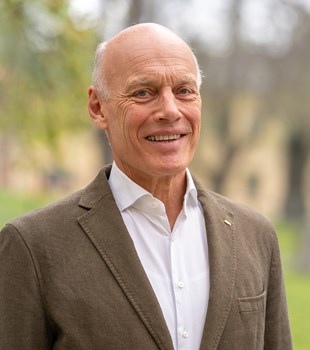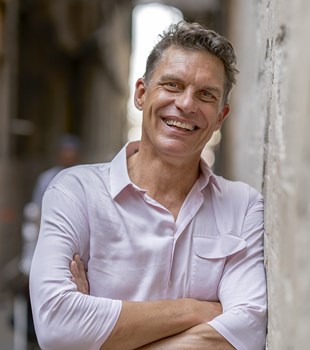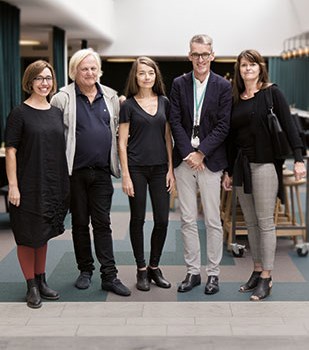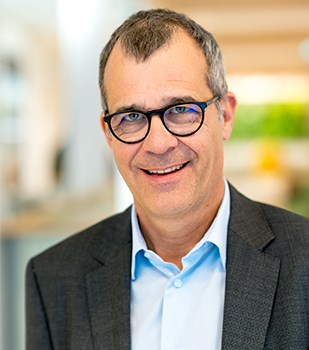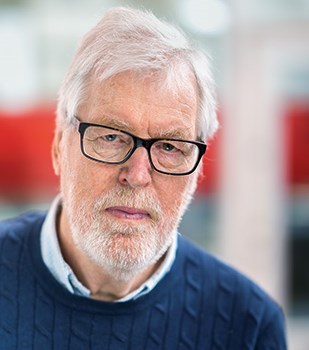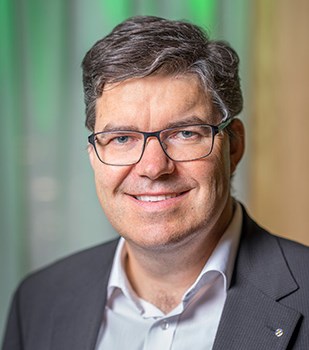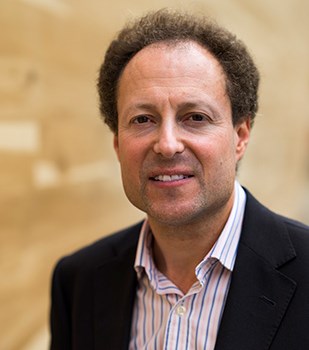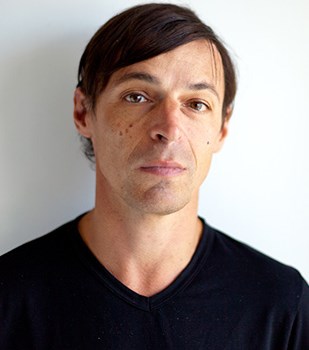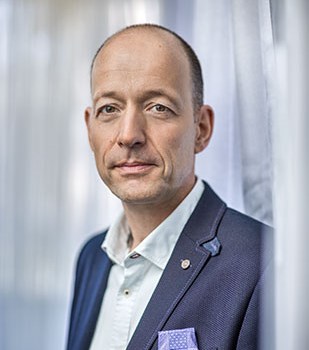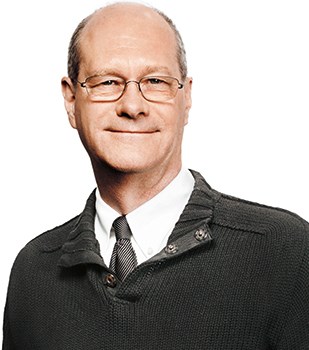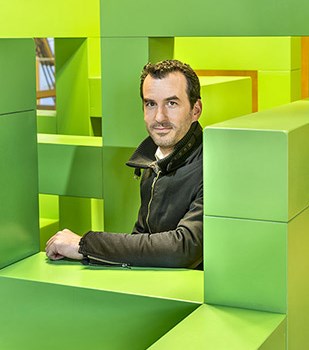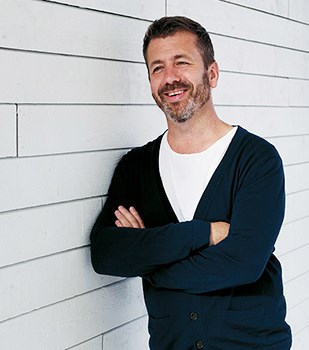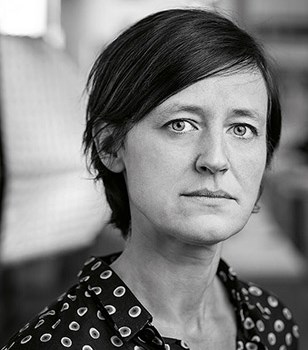What is the idea behind the Tränätverka network?
Karin Löfgren Right now so much is in flux, under development, and numerous solutions are being explored. Wood has been my focus everywhere I’ve worked and in my doctoral thesis. At AIX, my role is to match the right talent to the right project, to top up knowledge and fill in gaps. It’s important to transfer experience, to share and collaborate, so we can push the boundaries of what is possible.
Pi Ekblom I grew up with a father who was a carpenter and that’s what I spend most of my weekends doing – carpentry. I learn so much from it, lessons that I can translate into theory and designs. At White, my role is to keep my finger on the pulse of wooden architecture, disseminating knowledge and monitoring global developments. We mustn’t be so precious about collaborating. It’s necessary if we are to create good architecture and move forward more quickly. The rapidly growing environmental problems make this essential.
Pi It’s important that we create good design. Our industry and construction companies are constantly developing new solutions. We have to enter the process early on and add our knowledge to ensure good architecture.
Karin We want to build a society, an environment, where people can live well. And that takes dialogue. We don’t set the agenda. The architects come to the meetings with their questions – they’re the ones setting the agenda. We want to be a forum where people can discuss issues from their perspective as architects.
Pi There’s been huge interest and it seems to be important to so many people.
Who knew that so many architects were interested in wood?
Pi There are many who believe that wood is the construction material of the future and they want to be involved. And so they want to know about the material.
Karin There is going to have to be an awful lot of construction, so there is also a financial interest for the practices. It’s a new approach to building and it’s not easy to get it established. The construction market, for example, has long been and remains slow to change. The competition for the tallest and biggest buildings is driving advances in methodology and technology that we can all benefit from.
Pi Steel and concrete have defined a particular type of design and development for a long time. Making the most of wood’s specific properties, what wood generates as a material, is a huge journey. It’s not until you fully understand the material, its limitations and its potential, that you can be free with your designs.
Is it a problem if structural engineers don’t understand wood?
Karin That’s precisely what Tränätverka can help with. Raising design issues along with tectonics and issues of knowledge and structure. There is a huge lack of structural engineers who work with wood, and in the municipalities’ framework agreements for architects and structural engineers, wood construction is not even included as an area of competence.
Pi When the architect meets a client, they have to bring with them knowledge of what wood can do, so they can bust the myths surrounding wood. A lot of the reason why White won the architectural competition to design Skellefteå’s cultural centre was that we worked with a talented structural engineer right from the start.
How do we pass this knowledge on to future generations?
Karin It’s very simple. We just have to do our job and keep using wood to its full potential.
Pi There is incredible interest out there. Being interested in wood was an obvious choice for me, because it’s ecologically sustainable. It feels as if the interest and demand is growing all the time, among architects, clients and users alike.
Karin The big question is what do we do about the skills gap? What do we do in the years before architects and structural engineers who have learned more about wood during their education enter the job market? It’s clearly in everyone’s interest to plug the knowledge gap. So what do we do about the need for further training that exists right now?
As a network, are you able to influence the way the industry develops wood as a product?
Pi The network holds us together, but it’s the architectural practices that influence and create the demand.
Karin At the first meeting, for example, we had a discussion about how joints can be developed.
PI The industry is interested in what the architects want. We currently have a golden opportunity to really influence the industry.
Karin What we really need to do is open long-term communication with the industry. A permanent collaboration makes things easier for everyone involved in wood construction.
Text David Valldeby

